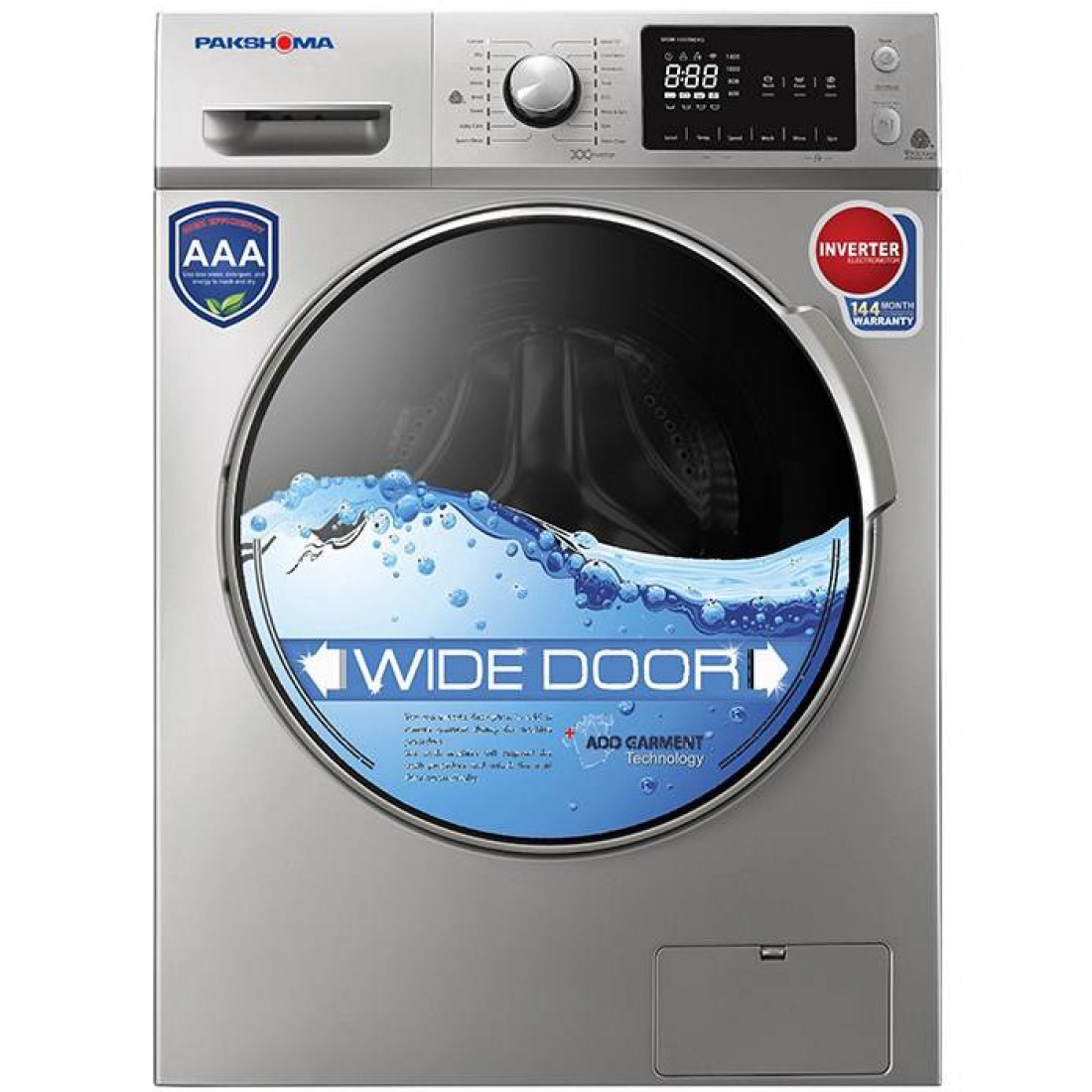Dip Coating is one of the earliest coating techniques that mankind has been familiar with and today is now known as the most common commercial method for deposition of different coatings. Today, by using sol-gel, or in general, other similar methods based on chemical solution, efficient and durable coatings of a wide range of materials such as ferroelectrics, dielectrics, photoresists, superconductors, polymers (especially for fabrication of membranes), and corrosion and oxidation resistant materials can be applied onto different substrates.
Introduction
Dip Coating is one of the earliest coating techniques that mankind has been familiar with and today is now known as the most common commercial method for deposition of different coatings. Today, by using sol-gel, or in general, other similar methods based on chemical solution, efficient and durable coatings of a wide range of materials such as ferroelectrics, dielectrics, photoresists, superconductors, polymers (especially for fabrication of membranes), and corrosion and oxidation resistant materials can be applied onto different substrates.
Dip coating, among all the layering and coating methods, is the most applicable, yet cost effective and straightforward technique which finds notable applications both in laboratory and industrial scale. As a popular alternative for spin coating, dip coating methods are frequently employed to produce high quality thin films from sol-gel precursors for research purposes.
In this method, the coating procedure consists of four steps which in chronological order are as follows: first, a substrate is dipped into the coating precursor solution bath and maintained for a while to be soaked completely; second, by pulling out the substrate from the solution bath, the extra solution slips off the substrate surface and so only a thin layer of the solution remains on the surface. Third, thin layer, adhered to the substrate surface, gradually loses its solvent, dries, and fully deposits onto the substrate. Finally, a heat treatment cycle is applied to the substrate to crystallize and/or sinter the coating, which consequently increases the coating strength.
Among all coating methods, dip coating due to its characteristics is a suitable technique for deposition of multilayer coatings containing nanoparticles since it allows each layer to be produced in a given time, with a certain composition, and with a distinct property for a specific purpose.
Application
Some novel applications of this technique are as follows:
- Laboratory testing
- Semiconductor wafers
- Photoresists
- Sol-Gel deposition
- Sensors
- Field-effect transistor
- LEDs
specification
Details of technical specifications are presented in the following Table.
 Advantager of using nanotechnology
Advantager of using nanotechnology
The structure of deposited coating by dip coating technique depends mainly on the precursor solution. Therefore, by preparing the precursor solution properly and purposefully (e.g. using nanoparticles suspensions), the desired coating structures (e.g. nanostructured or nanocomposites) are achievable.
Manual and maintenance
- Put the apparatus in a dry, clean and sliding-free place.
- The maximum allowable weight that can be attached to the sample holder is 100 g.
- To keep samples conveniently, the samples should be about 6 to 10 mm larger than the required size for deposition to facilitate keeping them.
- The working table that device is mounted on should be completely aligned.
- It should be noted that the presence of dirt and dust in the air directly affects the quality of the coating.
- Make sure the device is installed in a place with proper ventilation.
- For more details on how to use the device, refer to the device catalog and user guide.
Safety and package
- Avoid touching the sample holder when device is in operation.
- Dedicate a power outlet for the device; and another one for vacuum pump, if necessary.
- Only use a power supply with an output of 12 V and 4 A.






